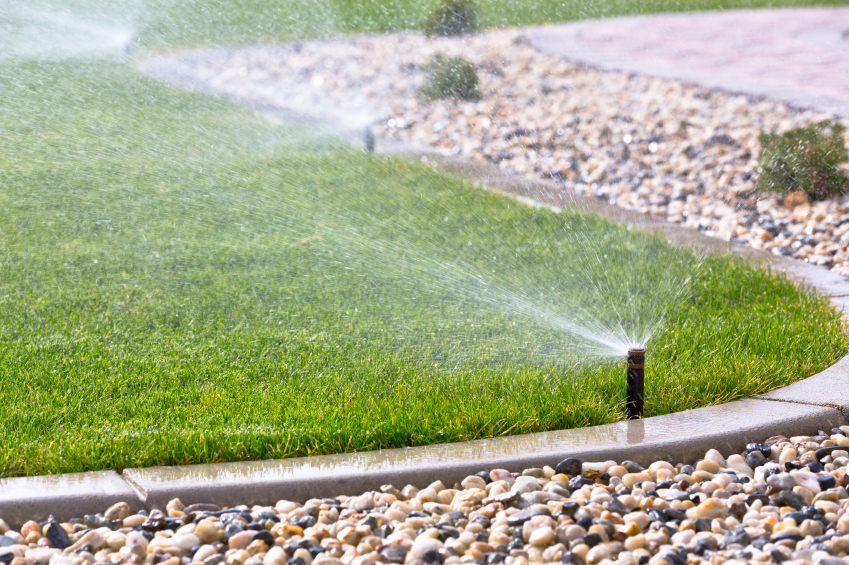A well-designed lawn sprinkler system is the backbone of efficient and effective irrigation for your landscape. Whether you have a small backyard garden or a sprawling lawn, customizing your sprinkler system to suit your landscape’s specific needs is crucial for maintaining healthy plants and conserving water. In this article, we will explore the key considerations and steps involved in designing a sprinkler system that maximizes irrigation efficiency.
- Assess your landscape: Start by assessing your landscape and understanding its unique characteristics. Take note of the size and shape of the area you need to irrigate. Identify any slopes, shaded areas, or areas with different water requirements, such as flower beds or vegetable gardens. This assessment will help you determine the appropriate design and layout for your sprinkler system.
- Determine water requirements: Different plants have varying water requirements. Consider the specific water needs of the plants in your landscape. Research the recommended irrigation depths and frequencies for each type of plant. This information will help you calculate the water flow and duration required for each zone in your sprinkler system.
- Choose the right sprinkler heads: Selecting the appropriate sprinkler heads is crucial for achieving efficient irrigation. There are various types of sprinkler heads available, including fixed spray heads, rotary heads, and drip irrigation emitters. Consider the coverage area, water distribution pattern, and precipitation rate of each type of sprinkler head. Choose heads that will provide uniform coverage and minimize overspray onto non-landscaped areas.
- Plan the layout and zones: Divide your landscape into zones based on plant water requirements and sun exposure. Group plants with similar water needs together in each zone. This zoning approach allows for more targeted irrigation and prevents overwatering or underwatering. Map out the layout of your sprinkler heads, ensuring that they cover the designated zones effectively without overlapping excessively.
- Determine water source and pressure: Identify the water source for your sprinkler system. Ensure that it can provide adequate water flow and pressure to meet the requirements of your sprinkler heads. If necessary, consider installing a pressure regulator to maintain consistent water pressure throughout the system. If you have limited water supply, you may need to prioritize zones or consider alternative irrigation methods, such as drip irrigation.
- Consider water conservation features: Incorporate water conservation features into your sprinkler system design. Rain sensors can detect rainfall and temporarily suspend irrigation, preventing unnecessary watering. Soil moisture sensors can measure the moisture content in the soil and adjust the watering schedule accordingly. These features help conserve water by preventing overwatering and adapting irrigation to current conditions.
- Install a backflow preventer: A backflow preventer is a crucial component of any sprinkler system. It prevents the contamination of the water supply by ensuring that water flows only in one direction, from the irrigation system to the landscape. Consult local plumbing codes and regulations to determine the appropriate type and installation requirements for your area.
- Regular maintenance: Once your sprinkler system is installed, regular maintenance is essential to keep it operating efficiently. Inspect and clean the sprinkler heads regularly to remove any debris or obstructions. Check for leaks, damaged pipes, or clogged filters. Adjust the watering schedule as needed to account for changes in weather or plant water requirements.
By customizing your sprinkler system to suit the specific needs of your landscape, you can ensure efficient irrigation, healthy plant growth, and water conservation. Take the time to assess your landscape, select the right sprinkler heads, plan the layout and zones, and incorporate water-saving features. With a well-designed sprinkler system in place, you can enjoy a beautiful and thriving landscape while minimizing water waste.
